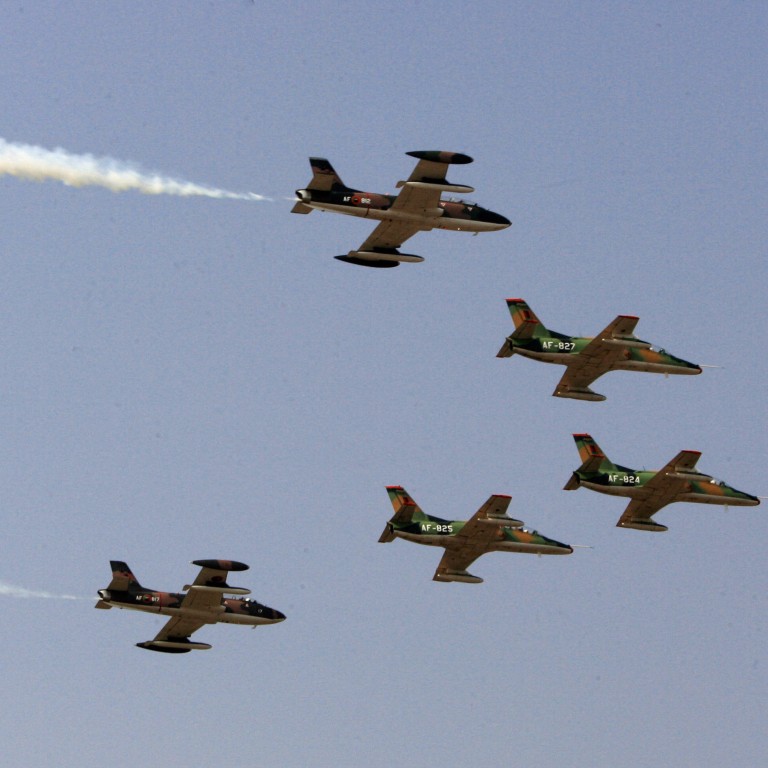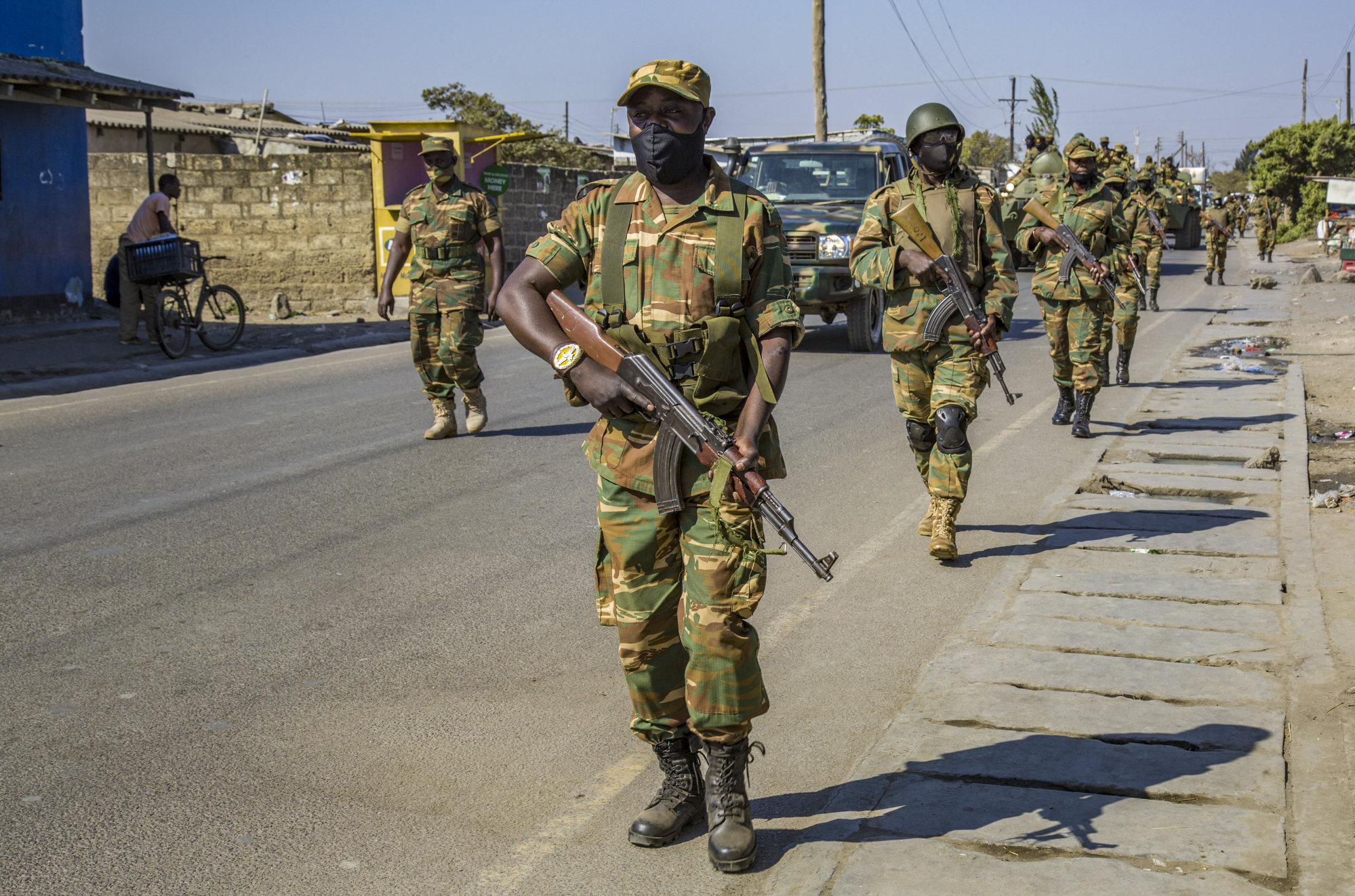
How Chinese loans help fuel African military spending
- The country has signed deals with eight countries worth a total US$3.5 billion over the past 20 years to buy equipment and build bases
- The biggest borrower is Zambia, which accounts for 60 per cent of the total borrowing
Most Chinese lending on the continent is used to fund civilian infrastructure, but according to Boston University’s Global Development Centre, it signed 27 loan deals with eight African countries worth US$3.5 billion between 2000 and 2020 for defence spending.
Most of the money went into buying military aircraft, equipment and training and for building housing units for the military and police.
Some 60 per cent, or US$2.1 billion, of the total went to Zambia, a country which has also received massive loans from China to build highways, dams and airports. It is the third biggest borrower on the continent behind Ethiopia and Angola.
Nations may face tougher debt relief talks over ‘hidden’ Chinese lending
Other countries to receive military loans include Ghana, which received US$389 million, Cameroon (US$333 million), Tanzania (US$285 million), Zimbabwe (US$257 million), Sudan (US$121 million), Sierra Leone (US$16 million) and Namibia (US$9 million).
According to Boston University’s Global Development Centre, lenders included the national policy bank, the Export-Import Bank of China (Eximbank), and Chinese companies such as Aviation Industry Corporation of China (AVIC) and Poly Technologies.
Jyhjong Hwang, the lead researcher for Boston University’s Chinese Loans to Africa Database, said Zambia was the top recipient of Chinese loans for defence equipment as a result of historical, strategic and domestic interests.
Hwang said that when Rhodesia – which later became Zimbabwe when black majority rule was restored – threatened Zambia with an embargo and invaded Zambian airspace in 1964, requests for Western support were met with a tepid response.

However, China quickly offered to build a railway linking the landlocked republic with the Tanzanian port of Dar es Salaam.
“This experience created good rapport between the Zambian and the Chinese governments. Moreover, the Zambian leadership was made keenly aware of the importance of a strong air force,” Hwang said.
“Chinese aircraft tend to be cheaper to purchase and to maintain, and can sometimes be financed by Chinese loans, making them attractive options when budgets are tight.”
Zambia election likely to push for 20 per cent China debt reduction
The Zambian Air Force is also a major employer as well as a property developer in Zambia, particularly in the capital Lusaka. Purchases of aircraft deemed “useful” by the public and were generally viewed favourably by the public, Hwang said.
“[Aviation Industry Corporation of China] is not only a top aircraft supplier but also a ‘go-to’ construction company for large scale infrastructure projects such as roads and airports,” Hwang said.
While Zambia may buy comparatively more Chinese aircraft, it does not buy exclusively from China. Its current fleet also includes Italian, Russian and Swedish aircraft, and it regularly asks the United States to help train for tasks like peacekeeping missions or border security.
John Calabrese, head of the Middle East-Asia Project at American University in Washington, said that during the 1970s, Zambia’s relationship with Britain and Rhodesia deteriorated and the latter imposed an embargo on Zambian copper exports.
Since 2006, China’s footprint in Zambia has expanded. By 2019-2020, though, it had emerged as Zambia’s largest creditor as Zambia’s debt burden ballooned.
Zambia’s Chinese debts nearly double the official count, study says
“The Zambian military has been looking to modernise for several years and China might be interested to develop this aspect of relations to enlarge its presence in the African arms market and improve the security situation in the country – thereby protecting its investments in a country where it dominates the mining sector,” Calabrese said.
“The extent of Chinese involvement in Zambia has stirred controversy inside the country. Last month, the US Africa Command announced it is planning to open an office in the American embassy – perhaps catalysed by concerns about growing Chinese engagement and a prelude to enhancing US-Zambia security cooperation.”

